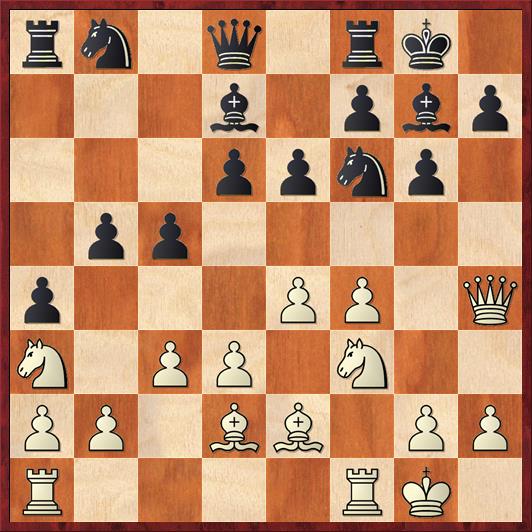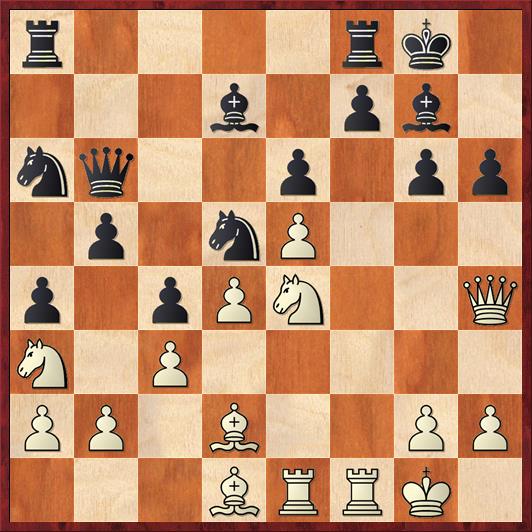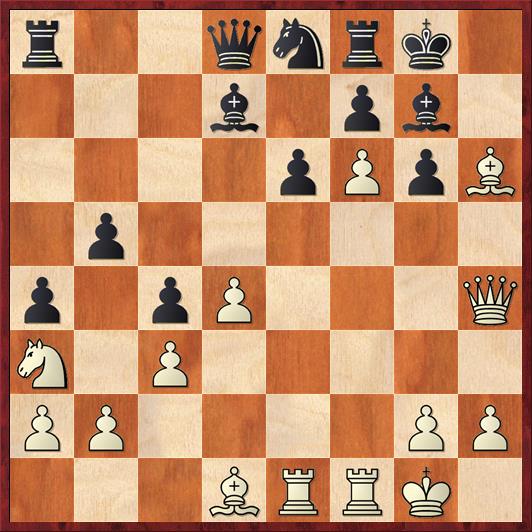I’m back! Not only back to writing my blog, but back to actually playing tournament chess. Last night I played my first tournament game in 10 months, at the Kolty Chess Club Championship in Campbell, California.
I’m not exactly sure why it’s taken me so long to try out the Kolty Club. Yes, it’s a 45-minute drive, but that’s much better than San Francisco, which is a 1½ to 2-hour drive. And I know lots of people at the club, thanks to Mike Splane’s chess parties. (In fact, Mike is the top seed at the Kolty championship, which he has won many times before.)
So anyway, there I was last night, playing on a basketball court. It made me think that we could play a hybrid form of chess. Maybe for each time you capture a piece, you have to make a basketball shot to see if the capture will “stick” – a layup for a pawn, a jump shot for a bishop, knight or rook, a three-pointer if you want to capture the queen.
But no, we were playing real chess and my opponent was a 1595-rated player named Gregory Rousso. Although on paper this should be a mismatch (my rating is 2140 at the moment), there were plenty of reasons to be cautious. My rustiness, plus the fact that he had already beaten a 2000 player in the first round (while I took a half-point bye), meant that I wasn’t taking anything for granted.

FEN: rn1q1rk1/3b1pbp/3ppnp1/1pp5/p3PP1Q/N1PP1N2/PP1BB1PP/R4RK1 w – – 0 12
We arrived in a Grand Prix Sicilian by transposition from the Pirc, and here was the position after he made what I thought was his first error.
He has just played 11. … e6?!, which after the game he explained was intended to prevent me from playing f4-f5 at some point. But when I saw this move, I immediately felt suspicious. The number one problem with it is the way that it weakens the dark squares, f6 and d6. It also reduces the scope of the light-squared bishop.
I toyed with the idea of immediately striking at the dark squares with 12. e5, but it seemed premature to me. After 12. … Nd5 I either have to consent to a queen trade or I have to lose a tempo to avoid the trade. I felt that my kingside attacking chances were too good to voluntarily blunt them by trading queens. Instead, I remembered the advice about “inviting everyone to the party,” and decided to bring my queen rook into the game with 12. Rae1 Qb6 13. Bd1. Here my opponent played a somewhat mysterious move, 13. … Na6.
Of course 13. … Nc6 looks more natural, but there is a problem which I think scared my opponent away from it: 14. e5 Nd5 15. c4! The weakness of the b5-pawn is the problem. If 15. … bc 16. Nxc4 White’s knight arrives in its ideal position. Otherwise, if 15. … Ndb4 16. cb, Black doesn’t even have a really good place for his c6 knight to go to.
This points to a problem with Black’s whole setup. He’s built up for this massive queenside assault, but he doesn’t have any real targets and his piece coordination is poor. The bishop at d7 is where the knight wants to be. If the knight goes to c6 it gets in the way of the bishop, as we just saw. So it goes to a6 instead, but on that square it is very far from the action in the center and on the kingside. To me, this justified proceeding with the central break I had eschewed two moves earlier.
14. e5! Nd5 15. Ng5! …
An important move, gaining a tempo with the threat of Qxh7 mate.
15. … h6
Not 15. … h5?? 16. Bxh5! with a crushing attack.
16. Ne4 …
Taking aim at the two weakened squares, d6 and f6.
16. … c4+?!
As far as I can tell, this spite check made no short-term difference in the position. Long-term, though, it makes any potential endgames even easier for me to play, because Black’s pawns are frozen on the color of his bishop.
17. d4 de 18. fe …

FEN: r4rk1/3b1pb1/nq2p1pp/1p1nP3/p1pPN2Q/N1P5/PP1B2PP/3BRRK1 b – – 0 18
Here Black plays a move that loses without even putting up a fight.
18. … Qd8?
For better or for worse, I think that Black had to at least try 18. … Bxe5. After 19. Bxh6, Black unfortunately cannot move his rook because 19. … Rfd8? would be met by 20. Qf2!, which simultaneously breaks the pin on the d-pawn and threatens f7. So he would have to play 19. … Bg7, and now I think a really cool idea would be 20. Nf6+ Nxf6 21. Rxf6! Qd8 22. Bxg7 Kxg7 23. R1f1 Nc7 24. Qf4! when Black cannot hold the f-pawn (if 24. … Qe7 25. Qxc7).
19. Nf6+ Nxf6 20. ef Nc7 21. Bxh6 Ne8
There are lots of ways to win here. One idea I considered was 22. Bg5, with an easy win because his bishop is now hanging, and after 22. … Bh8 23. Rf3 a catastrophe awaits Black on the h-file. However, I thought that the following combination was more stylish – a pseudo-queen sacrifice.

FEN: r2qnrk1/3b1pb1/4pPpB/1p6/p1pP3Q/N1P5/PP4PP/3BRRK1 w – – 0 22
22. fg Qxh4 23. gfQ+ …
I needed three hands to make this move – one to take his rook off the board, another to move my pawn to f8 and then take it off the board, and a third to retrieve my recently captured queen and put it on f8.
23. … Kh7 24. Rf7+ resigns
I like this game because it points out several good features of the Grand Prix Sicilian. First, the fact that White often has two possible breaks – f5 and e5. This flexibility makes it harder for Black to defend. Second, the fact that Black is tempted into committing all of his forces to the queenside, where there are no high-value targets, while White has his sights set on the Black king. Finally, when Black decides to play … e6, the weakness of the f6 square is often fatal.


